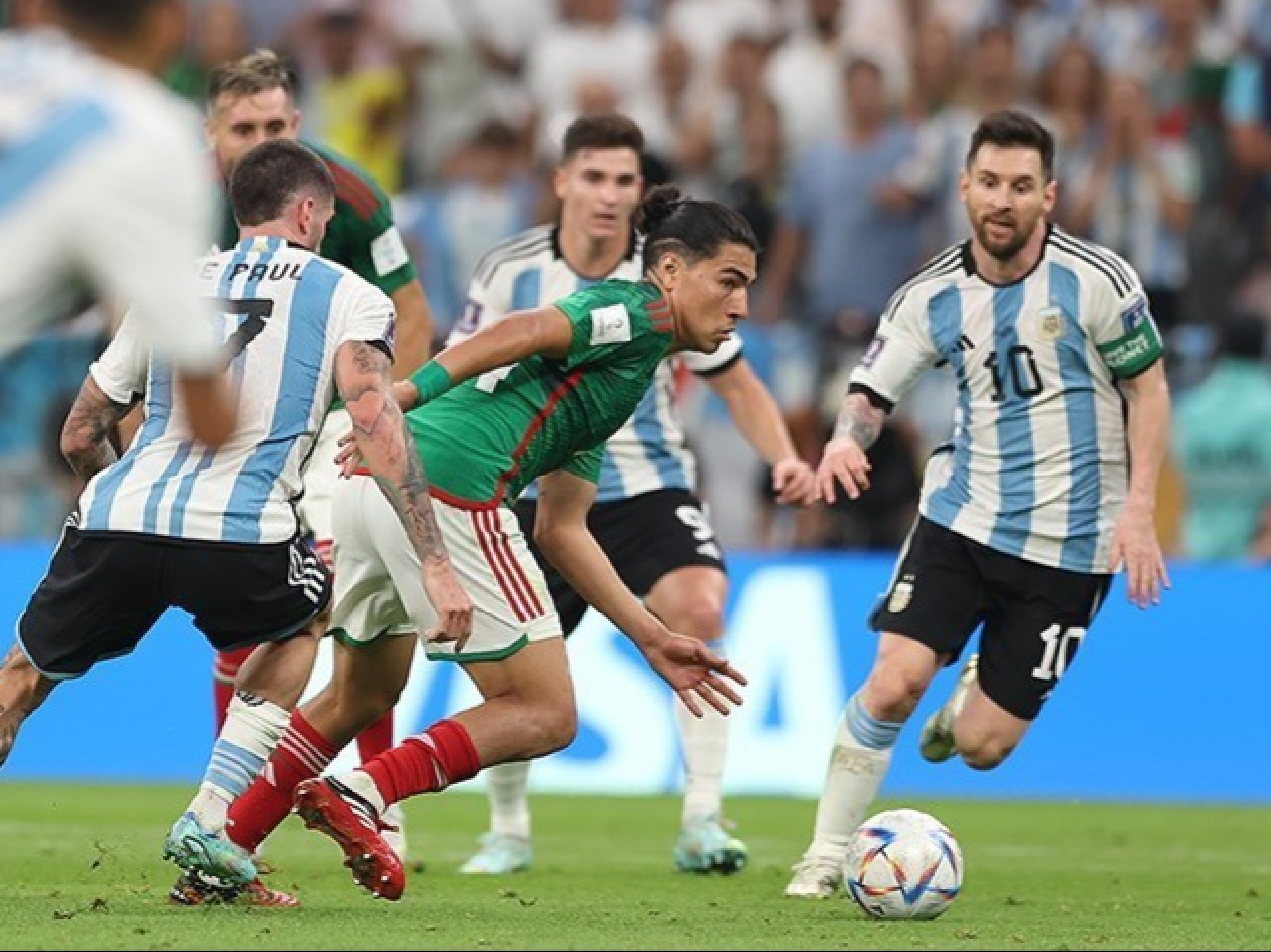The FIFA World Cup is one of the most-watched sporting events globally, captivating millions of fans with thrilling matches, incredible goals, and moments of sheer brilliance. While the tournament itself is celebrated for its inclusivity and unity in the world of sports, there has been ongoing controversy regarding the difference in prize money awarded to the men's and women's teams. In this article, we'll explore the reasons behind this disparity.
Table of contents [Show]
FIFA World Cup 2022 Prize Money
The total prize money for the 2022 World Cup held in Qatar was at around $440 million. This represents a significant increase from the previous edition in 2018, where the prize money was approximately $400 million. The exact figures for the Women’s FIFA World Cup 2023 which recently concluded in August are yet to be disclosed.
To put things into perspective let’s look at the prize money for the previous FIFA World Cup
Here is a breakdown of the prize money for the 2018 men's and 2019 women's World Cups.
| Men's FIFA World Cup (2018) | Women's FIFA World Cup (2019) | |
| Total Prize Money | $400 million | $30 million |
| Winner's Prize | $38 million | $4 million |
| Runner-Up Prize | $28 million | $2.6 million |
| Semi-Finalists | $24 million each | $2.2 million each |
| Quarter-Finalists | $16 million each | $1.4 million each |
| Round of 16 | $12 million each | $1 million each |
| Group Stage (per team) | $8 million | $750,000 |
| Participation Fee | $1.5 million per team | $750,000 per team |
Why the Disparity?
The glaring disparity in prize money has sparked outrage and debate. Several factors contribute to this gap.
| Historical Perspective | The men's World Cup has been around since 1930, while the women's World Cup began in 1991. The men's tournament has had more time to accumulate revenue and sponsorship deals. |
| Revenue Generation | Historically, the men's World Cup generates significantly more revenue than the women's event. This revenue comes from TV broadcasting rights, sponsorships, and ticket sales. |
| Sponsorships | The men's tournament has attracted more lucrative sponsorships, resulting in higher revenue. |
| FIFA Investment | FIFA, the governing body of international football, has invested more in promoting the men's game, including larger marketing budgets. |
| Viewer Numbers | Men's World Cup matches have consistently drawn higher viewership, leading to greater advertising revenue. |
Conclusion
The disparity in prize money between the men's and women's FIFA World Cups is a contentious issue that reflects the broader challenges of gender equality in sports. While efforts are being made to bridge this gap, including increasing the prize money for women's tournaments, there is still work to be done to ensure that both men's and women's football receive equal recognition, support, and opportunities on the world stage.








